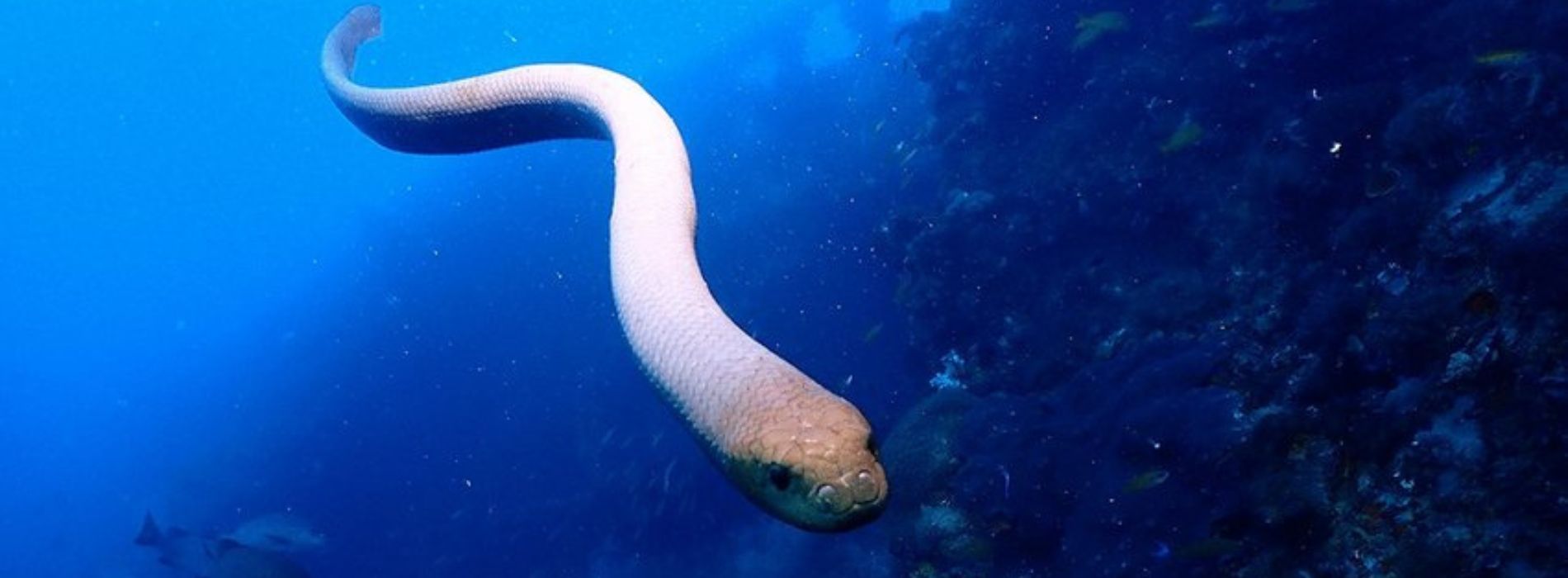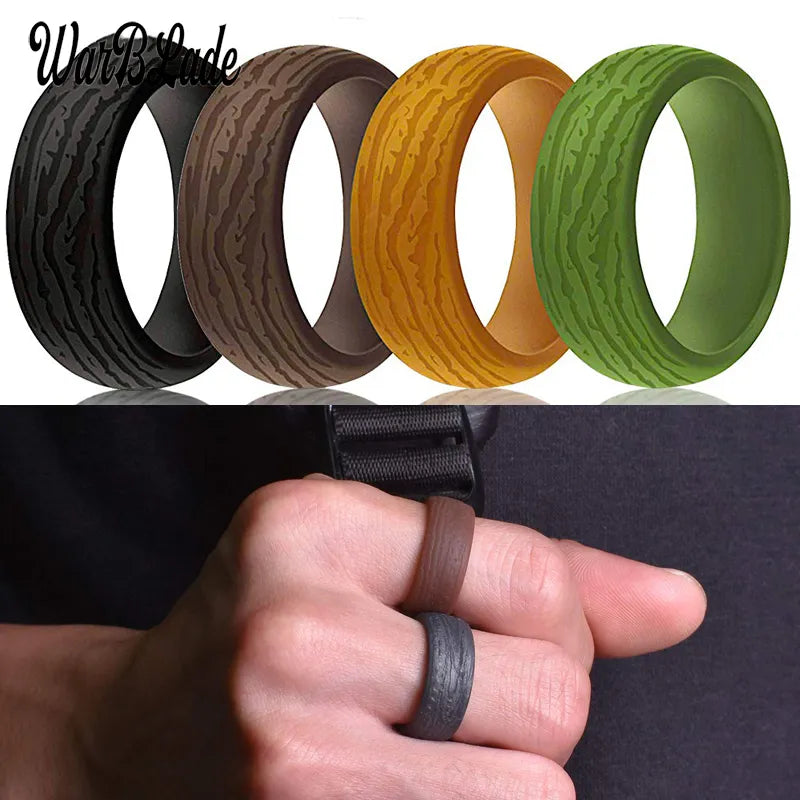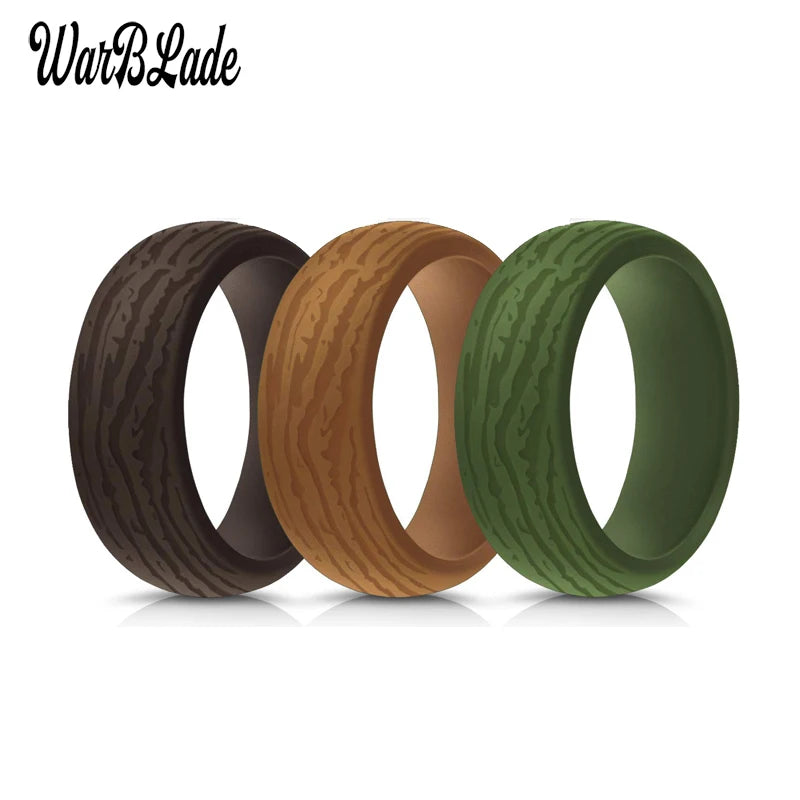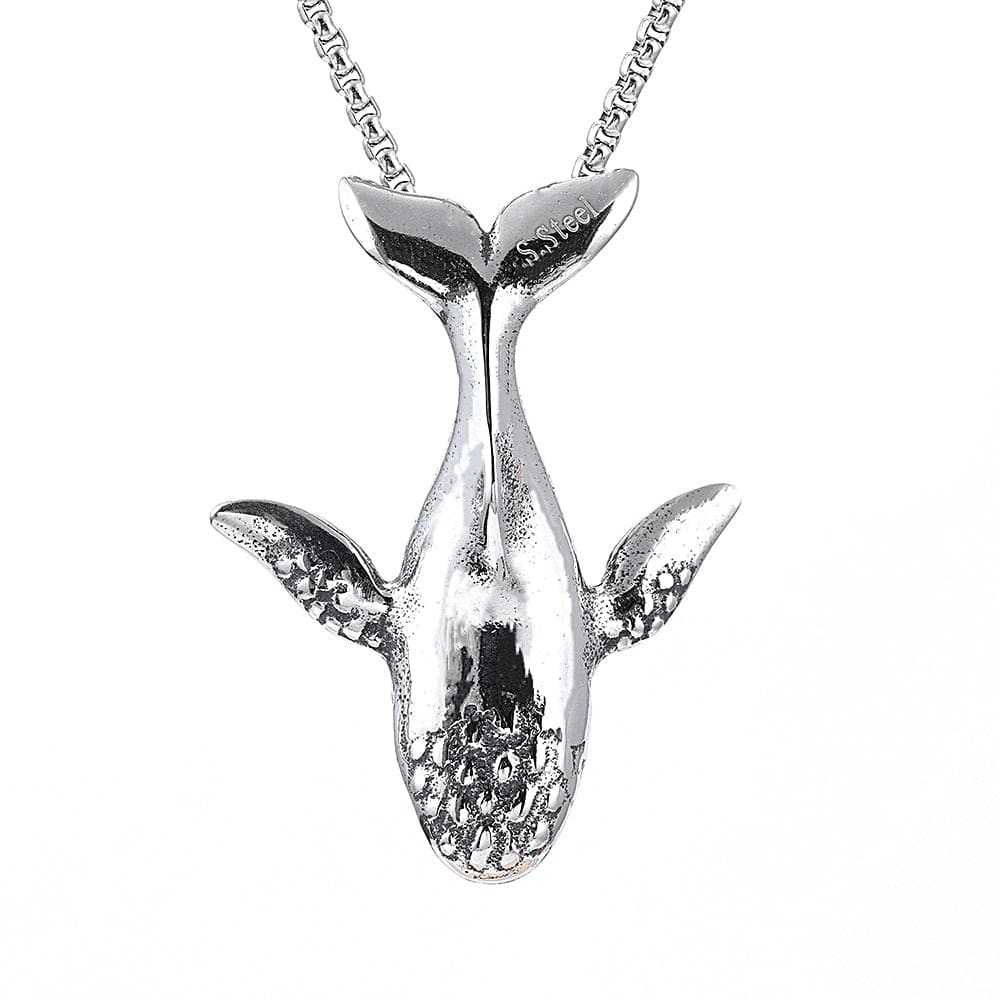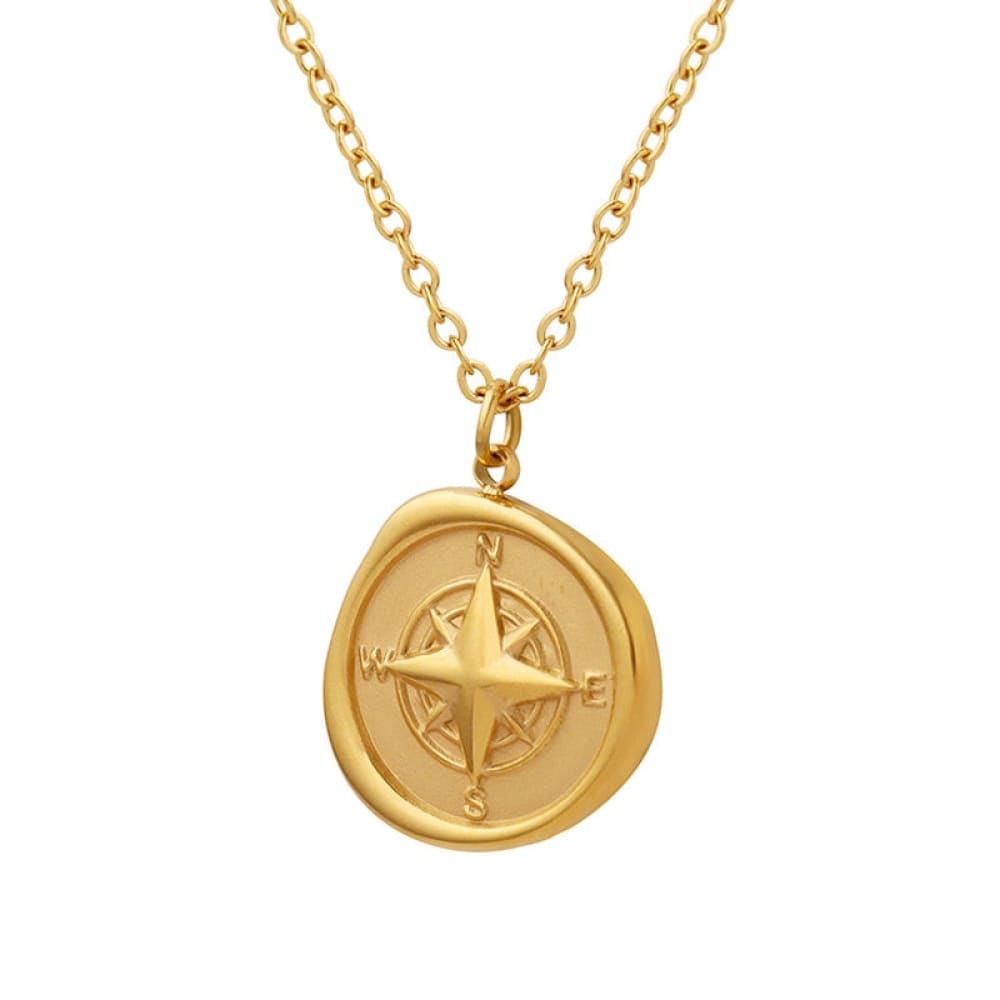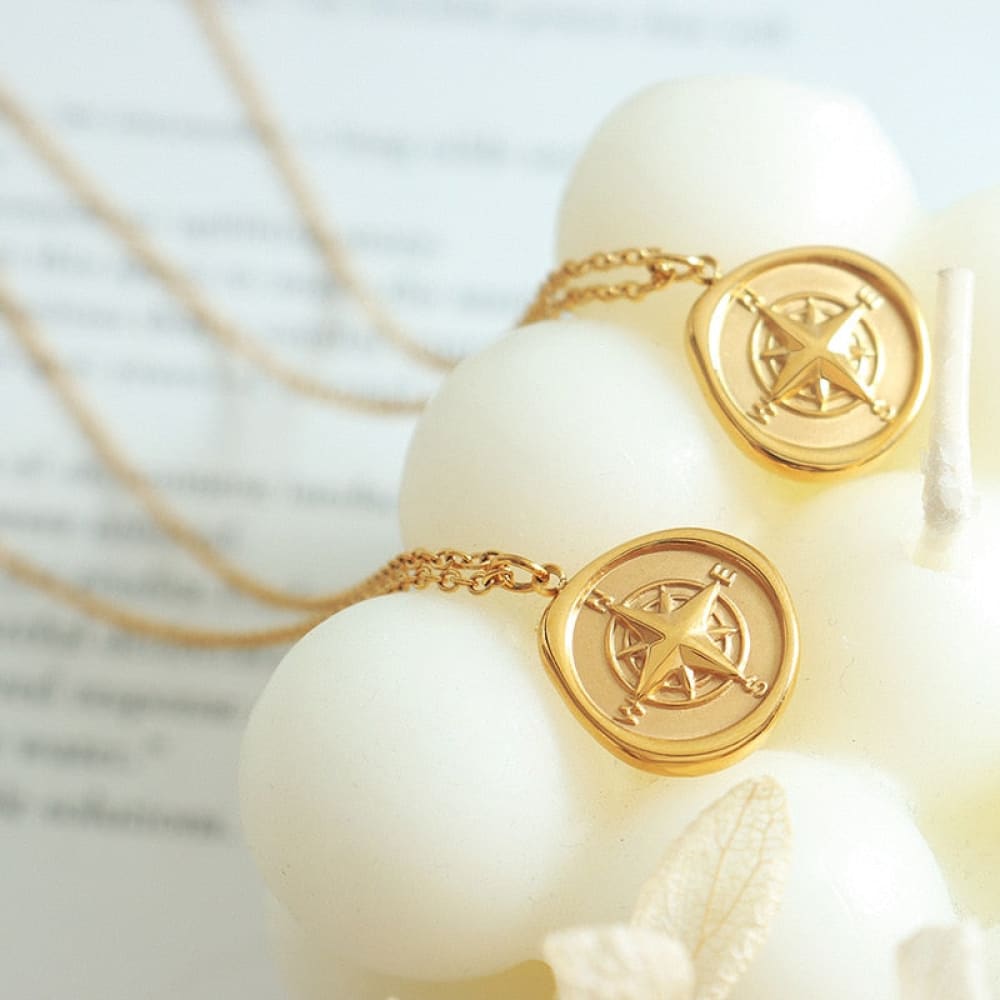Table of Contents
- Anatomy
- Origins
- Physical Characteristics
- Habitat and Distribution
- Hunting and Feeding Habits
- Reproduction and Life Cycle
- Predators and Threats
- Conservation Status
- Interactions with Humans
- Conclusion
1. Anatomy
The olive sea snake belongs to the family Elapidae, a group of venomous snakes that includes cobras and mambas. It is classified under the genus Aipysurus, which is derived from the Greek words "aipys" meaning "high and steep" and "oura" meaning "tail." This name refers to the snake's laterally compressed tail that is higher than the depth of its body.

2. Origins
The specific name "laevis" is a variant form of the Latin word "levis," which means "smooth." It describes the snake's sleek and smooth appearance. Additionally, the olive sea snake is also known by other common names, including golden sea snake and olive-brown sea snake, reflecting its distinct coloration.
3. Physical Characteristics
The Aipysurus laevis is a visually stunning creature with a slender body and a paddle-like tail, which it uses for swimming gracefully through the water. It can reach a length of up to one meter, and in some cases, even up to two meters. The snake's scales exhibit a beautiful combination of brown and purple hues along its back, while its underside is a pristine white color.

4. Habitat and Distribution
The olive sea snake is a widespread species found in the Indo-Pacific region. It inhabits coral reefs, including the renowned Great Barrier Reef. This snake can also be found in the northeastern Pacific Ocean. It seeks shelter in small coves and protective coral areas when not hunting or surfacing to breathe. This sea snake has a preference for coral reef areas and avoids open water as a hunting ground.
5. Hunting and Feeding Habits
As a highly skilled predator, the olive sea snake feeds on a diet consisting mainly of crustaceans, fish, and fish eggs. It uses its venom to incapacitate its prey, which contains enzymes that break down the prey from within, making digestion easier. The venom of the Aipysurus laevis is exceptionally potent and affects both the muscles and nerves of its victims, making it the most toxic sea snake venom drop-for-drop.

The snake employs a hunting strategy that involves searching for food by poking its head into crevices in coral reefs. It is adept at locating prey and can quickly seize the opportunity to strike when it spots a potential meal. However, this creature tends to avoid open water when it comes to hunting, preferring the safety of coral reef areas.
6. Reproduction and Life Cycle
Males of the olive sea snake reach sexual maturity in their third year, while females take a bit longer, not reaching maturity until their fourth or fifth year. Courtship among these sea snakes involves a group of males vying for the attention of a single female, and this spectacle often takes place in open water. Interestingly, male sea snakes have been known to mistake divers for female sea snakes, leading to fascinating interactions between humans and these creatures.

Fertilization in the Aipysurus laevis is internal, and gestation lasts for approximately nine months. Female sea snakes can give birth to up to five young at a time, although in rare cases, there have been reports of ten or eleven offspring being born at once. Their life expectancy is around fifteen years, although some individuals may live slightly longer.
7. Predators and Threats
Despite its potent venom and formidable appearance, the olive sea snake has its own share of predators. Sharks and ospreys are among the main threats to this species. However, attacks on divers or larger animals are rare, as it generally avoids confrontations unless provoked.

While the Aipysurus laevis faces natural predators in its environment, it also encounters man-made dangers that pose a significant risk. Prawn trawls, for instance, have been identified as one of the greatest threats to these creatures. Up to 50% of olive sea snakes caught in trawls are killed, and those that survive often suffer injuries. Death from prawn trawls can occur due to drowning or being crushed.
8. Conservation Status
The Aipysurus laevis is currently classified as a species of least concern by the International Union for Conservation of Nature (IUCN). This classification indicates that the species is not currently facing any major threats that would significantly impact its population. However, ongoing monitoring and conservation efforts are necessary to ensure the continued survival and well-being of these magnificent creatures.
9. Interactions with Humans
The olive sea snake has a relatively docile nature and typically avoids contact with humans. While it can be aggressive towards prey, attacks on divers or larger animals are rare. However, if provoked, the snake will defend itself, engaging in defensive behavior.

For passionate lovers of the ocean world, encountering an one can be a thrilling experience. The graceful movements and striking colors of these creatures create a sense of awe and wonder. It is important, however, to approach these animals with caution and respect, allowing them to continue their existence undisturbed in their natural habitat.
If you are curious to learn more about awesome sea species like this one, visit here!
10. Conclusion
The olive sea snake, with its mesmerizing olive-brown coloration and elegant movements, is an enchanting creature of the deep ocean. With its potent venom and skillful hunting techniques, it holds a vital role in the delicate balance of marine ecosystems. While facing natural predators and man-made threats, the Aipysurus laevis continues to thrive in its habitat, captivating the imagination of ocean enthusiasts worldwide.
Let us cherish and protect this creature, ensuring that future generations can witness the beauty and wonder of this remarkable creature in the vast depths of the ocean.
We hope you've liked this article about the beautiful olive sea snake!
Feel free to subscribe to our private newsletter to receive more exclusive article. You will also receive a 10% bonus discount for our sea world catalogue. You will be notified via email whenever we release a new wonderful jewelry piece of the ocean !
Feel free also to go check out our website, we provide the best sea content and we offer you the best nautical jewelry all around the globe.

